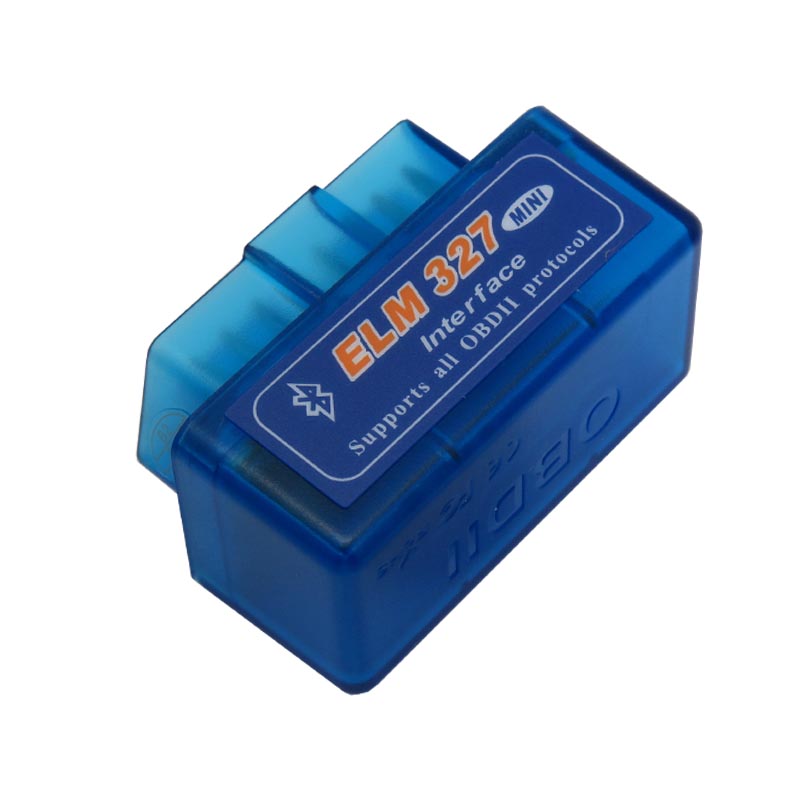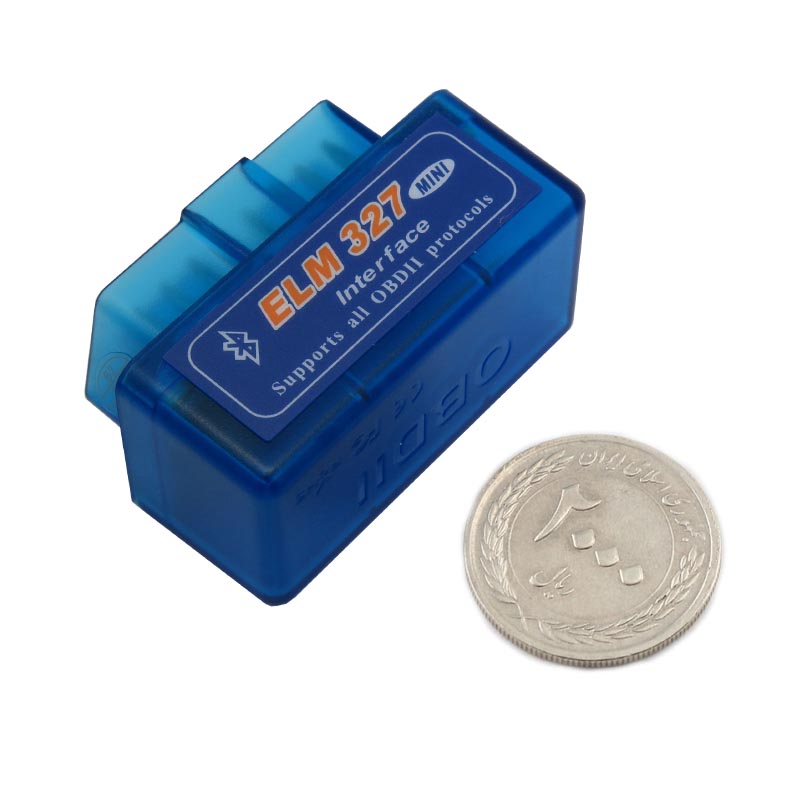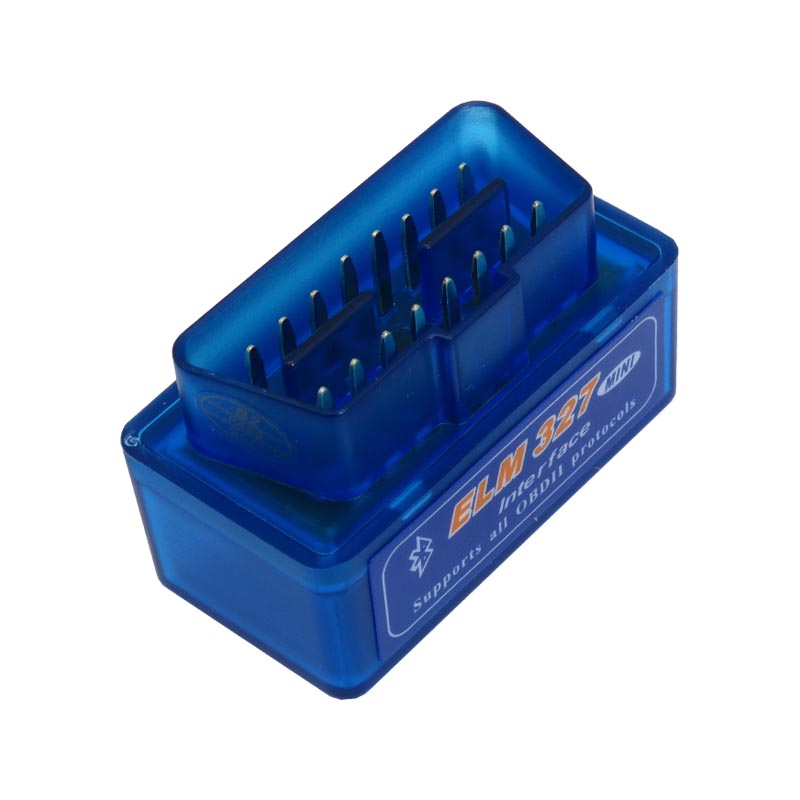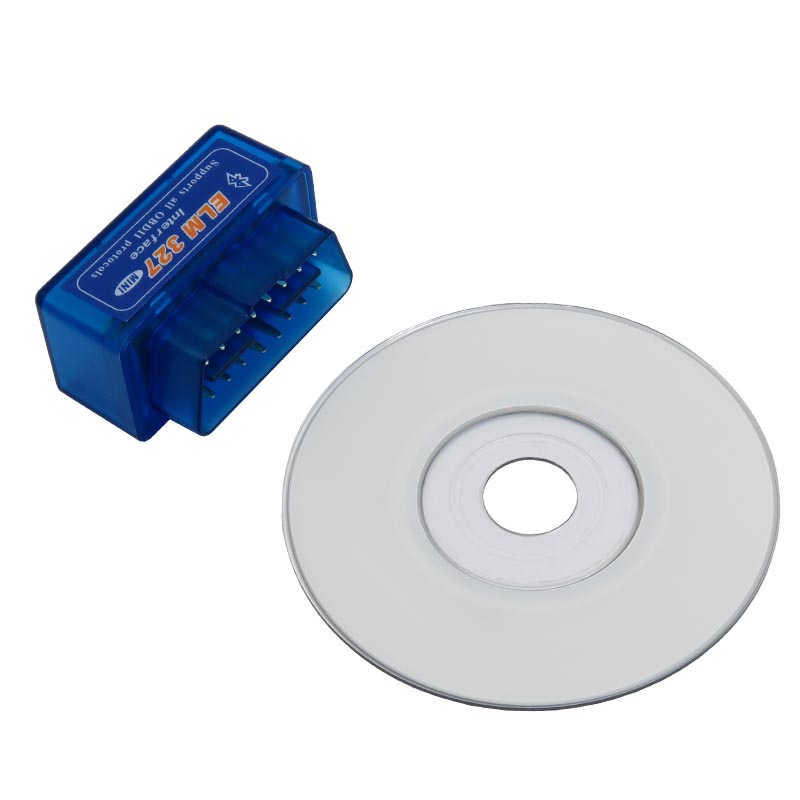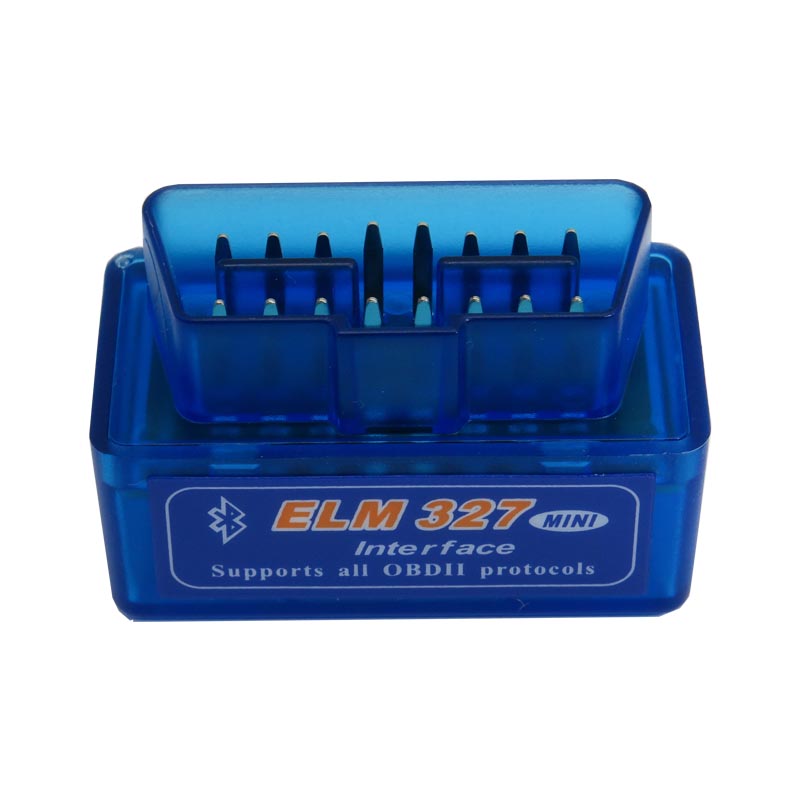198,420 تومان
کالا موجود استموجودی انبار : 34 عدد
علاقه مندان : 18 نفر
وضعیت : فعال
تعداد مرجوعی : 1
دنبال کنندگان : 20 نفر
قدمت : 12 سال و 2 ماه و 17 روز
وزن : 290 گرم
کل فروش : 2174 عدد
تعداد سفارش ها : 858 سفارش
3 از 5.0 با 81 رای
رابط و اسکنر OBD2 خودرو ELM327 دارای ارتباط بلوتوث قابل اتصال به گوشی های اندروید
اسکنر OBD2 یک ماژول عیب یاب و دیباگر خودرو می باشد. این اسکنر مبتنی بر
چیپ ELM327 می باشدکه قابلیت اتصال به گوشی های هوشمند، تبلت و برد های
آردوینو را از طریق بلوتوث فراهم می کند.
با استفاده از رابط و اسکنر و
اتصال آن به ECU میتوان تمام اطلاعات موتور مانند تعداد دور، سرعت موتور،
دمای آب، میزان مصرف سوخت، وضعیت موتور، شتاب گیری موتور را به دست آورد.
این دستگاه قابلیت پاک کردن کدهای خطا را دارد و می تواند چراغ چک موتور را
خاموش کند.
این ماژول اسکنر OBD بلوتوث، با نرم افازرهای تحت ویندوز، OSX، PDA، لینوکس، اندروید، تلفن های هوشمند ویندوز سازگاری دارد.
از
این ماژول می توانید برای ساخت پروژه های امنیتی و ضد سرقت، هدایت خودکار
اتومبیل و سایر پروژهای هوشمند سازی اتومبیل استفاده نمایید.
توجه:
استفاده و کاربری این ماژول وابسته به نوع خودرو(داخلی و خارجی) نمی باشد
بلکه قبل از خرید باید از تطابق ECU ماشین با چیپ ELM327، اطمینان حاصل
کنید
کاربرد عیب یاب خودرو بلوتوثی ELM327:
- عیب یابی خودرو
مشخصات عیب یاب خودرو بلوتوثی ELM327:
- ارتباط خروجی: بلوتوث
- رمز عبور بلوتوث: 1234
- ولتاژ: 12 ولت
- جریان: 45 میلی آمپر
- ابعاد: 23 × 32 × 47 میلی متر
مستندات:
عملکرد رابط و اسکنر OBD2
Description:
On-board diagnostics (OBD) is an automotive term referring to a
vehicle's self-diagnostic and reporting capability. OBD systems give the
vehicle owner or repair technician access to the status of the various
vehicle sub-systems. The amount of diagnostic information available via
OBD has varied widely since its introduction in the early 1980s versions
of on-board vehicle computers.
Early versions of OBD would simply illuminate a malfunction indicator
light or "idiot light" if a problem was detected but would not provide
any information as to the nature of the problem. Modern OBD
implementations use a standardized digital communications port to
provide real-time data in addition to a standardized series of
diagnostic trouble codes, or DTCs, which allow a person to rapidly
identify and remedy malfunctions within the vehicle.
OBD-II is an improvement over OBD-I in both capability and
standardization. The OBD-II standard specifies the type of diagnostic
connector and its pinout, the electrical signaling protocols available,
and the messaging format.
It also provides a candidate list of vehicle parameters to monitor along
with how to encode the data for each. There is a pin in the connector
that provides power for the scan tool from the vehicle battery, which
eliminates the need to connect a scan tool to a power source separately.
However, some technicians might still connect the scan tool to an
auxiliary power source to protect data in the unusual event that a
vehicle experiences a loss of electrical power due to a malfunction.
Finally, the OBD-II standard provides an extensible list of DTCs.
As a result of this standardization, a single device can query the
on-board computer(s) in any vehicle. This OBD-II came in two models
OBD-IIA and OBD-IIB.
OBD-II standardization was prompted by emissions requirements, and
though only emission-related codes and data are required to be
transmitted through it, most manufacturers have made the OBD-II Data
Link Connector the only one in the vehicle through which all systems are
diagnosed and programmed.
Specification:
1. Display current sensor data, including engine speed, calculated load
value, coolant temperature, fuel system status, vehicle speed,
short-term fuel correction, long-term fuel trim, intake manifold
pressure, time advance, intake air temperature, Airflow, absolute
throttle position, oxygen sensor voltage / short-term fuel trim, fuel
system status, fuel pressure, etc.
2. Clear the fault code and turn off the MIL ("Check Engine" light).
3. Compatible Mobile Phone OS: Android
4. Processor: ELM327 V2.1.
5. Read the diagnostic trouble code, generic and manufacturer-specific,
and display its meaning (more than 3000 generic code definitions in the
database).
6. Support software compatible with Windows, OSX, Palm, PDA, Linux, Android, DOS, Windows smartphone.
7. Support OBD2 protocol (ISO15765-4 (may), ISO14230-4 (KWP2000), ISO9141-2).
Features:
Output interface: Bluetooth
Bluetooth password: 1234
Voltage: 12V
Current: 45mA
Size: 47mm x 32mm x 23m
